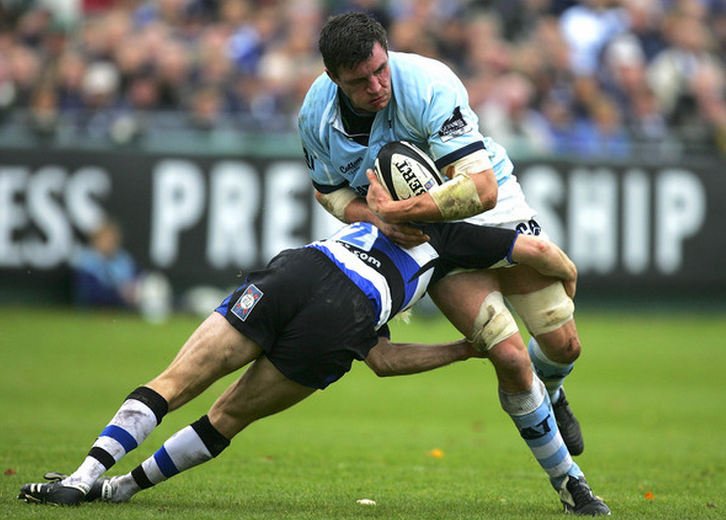Below is a quick overview for all of you who enjoy a game of rugby but haven’t quite got to grips with the rules yet.

The Game
Duration: A game of rugby consists of two halves of 40 minutes with injury time added on at the end of each half.
Players: Each side consists of 15 players, divided into eight forwards and seven backs. A total of seven substitutes are allowed for international matches.
Officials: There is one referee assisted by two touch judges. There is no video referee.
Scoring: The object of the game is to score more points than your opponents.
Try: A try is worth five points. It is scored when a player places the ball on the ground with downward pressure in the in-goal area between the try line and dead ball line of the opposition’s half. Tries can be scored in a number of ways.
Conversion: If a team scores a try, they have an opportunity to “convert” it for two further points by kicking the ball between the posts and above the crossbar – that is, through the goal. The kick is taken from a point level with where the try was scored.
Penalty kick: If a side commits a serious offence, a penalty is awarded and the opposition can take the option of a place kick at the goal from where the infringement occurred. If successful, it is worth three points.
Drop goal: A drop goal for three points is scored when a player kicks the ball from hand through the opposition’s goal. But the ball must touch the ground between being dropped and kicked.
Moving the Ball
Passing: All passes in rugby must travel backwards. There are different varieties of pass, including the flat, direct spin pass; the short, close-quarters pop pass; and the floated pass – a long pass which an advancing player can run onto at pace.
Kicking: Kicking forms a major part of rugby and is used to start and restart the game, score points, win territory, launch an attack or get a team out of trouble (known as a clearance kick).
Tackling: Only a player in possession of the ball can be tackled. A tackled player must release the ball after he hits the ground. Neither he nor the tackler can play the ball until they are on their feet.
Infringements
Offside: Players not involved in rucks, mauls, scrums or lineouts must remain behind the back foot – that is, behind the last attacked player.
Penalty: Penalties are awarded for serious infringements like dangerous play, offside and handling the ball on the ground. It is signalled by the referee with a straight arm raised in the air. Players can also receive red and yellow cards, as in football.
Scrum: The eight forwards from each team bind together and push against each other. The scrum-half from the team that has been awarded possession feeds the ball into the centre of the scrum from the side most advantageous for his hooker.
Lineout: A maximum of seven and a minimum of three forwards line up parallel with each other between the five-yard and 15-yard lines. The hooker of the team in possession throws the ball in, while his opposite number stands in the “tramlines” – between the touchline and the five-yard line. All players not involved in the lineout, except the scrum-half, must retire 10 yards. The ball must be thrown in straight down the middle of the lineout and the hooker must not cross into the field of play while throwing in. Jumpers can be lifted by their team mates, but the opposition’s jumpers must not be obstructed, barged or pulled down.


